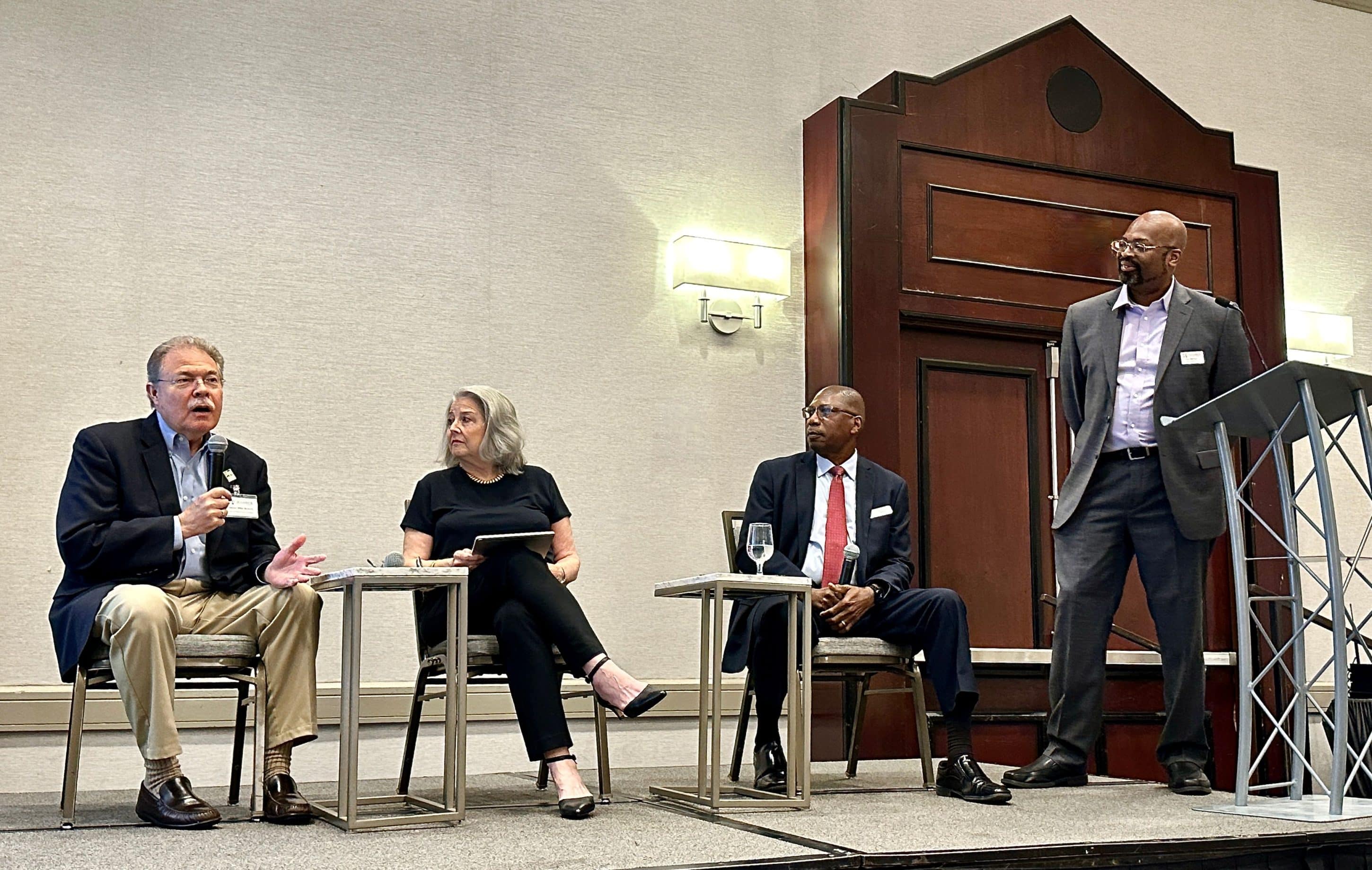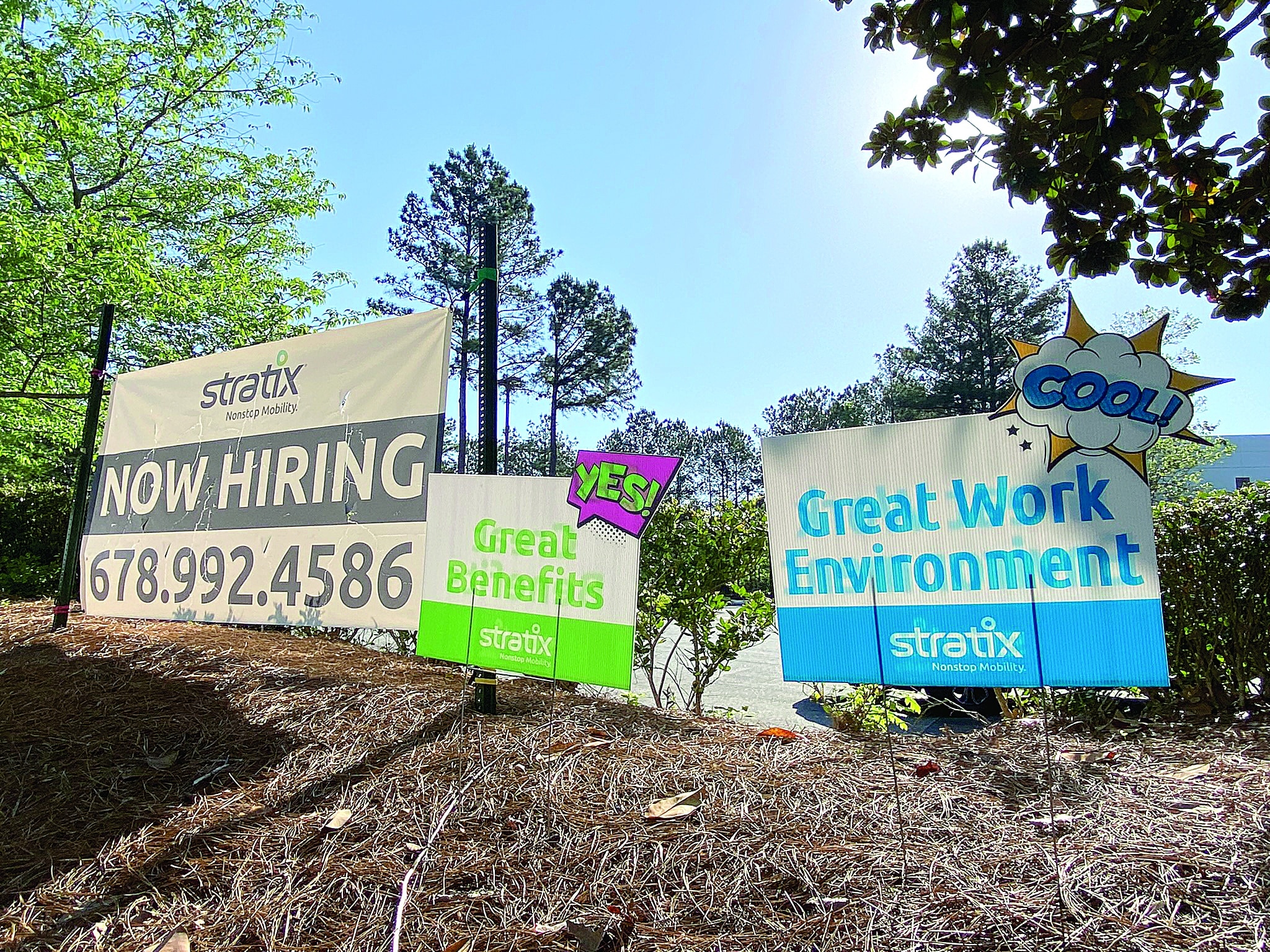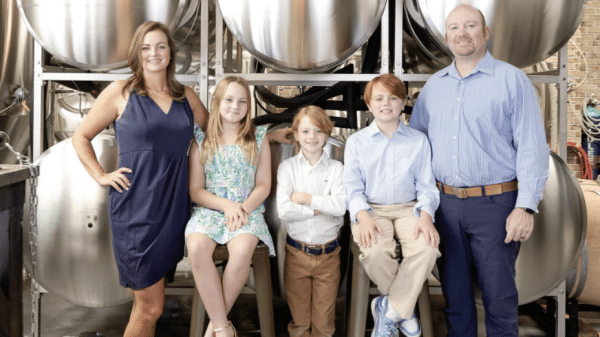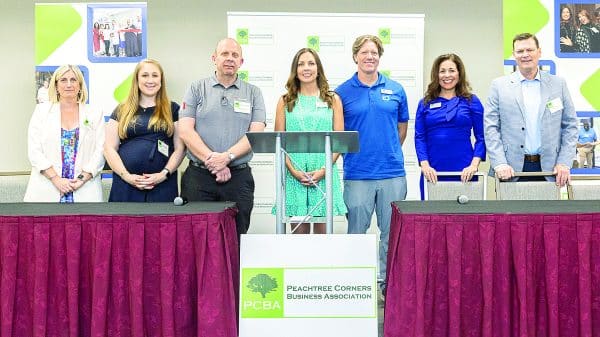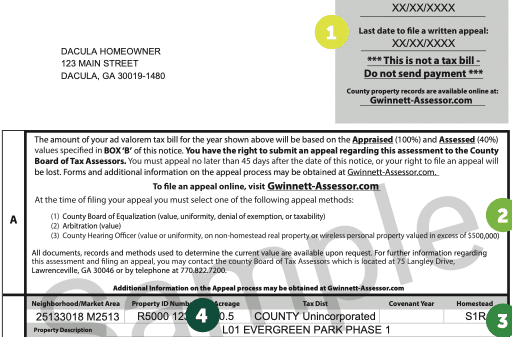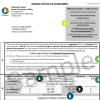Once a pandemic survival tactic, telework has become a major amenity for office workers that is forcing employers – including some of Southwest Gwinnett’s biggest – to rapidly evolve the way they operate, hire and even build.
Tensions between employers who want in-office control and employees who want more working from home are resulting in many companies establishing a permanent “hybrid” model of certain in-office work days or hours and flexibility on the remainder. In today’s tight labor market, employees have the upper hand, but it remains to be seen how factors like work-life separation or internal office socializing will play out long-term. Meanwhile, employers are adapting to a new world where no one has established best practices for hybrid work – and where policies may even become a kind of trade secret for an edge in hiring and retention.
Southwest Gwinnett Magazine reached out to approximately 20 of the area’s largest employers about their hybrid work policies. Few responded and even fewer would go into detail. Jill Perry-Smith, a professor of organization and management at Emory University’s Goizueta Business School, said that’s no surprise, as companies don’t want to be seen as behind on a trend – even though everyone is basically in the same boat.
“I think companies are at the point where they think they should have it all figured out, but they don’t,” Perry-Smith said of the emerging models of hybrid work and telecommuting. “I think that’s really telling, the reaction you’re getting.”
Lisa Proctor of the executive search firm Sanford Rose Associates, which has a Peachtree Corners office, is dealing with the hybrid demands daily. She said some of the companies she recruits for also didn’t want to publicly discuss their hybrid policies. “Several of them are trying to establish a competitive advantage and did not want to tip their hand yet on some of their creative ideas they will be using to compete for talent,” she said.
The emerging consensus is that hybrid work is no flash in the pan. “Hybrid work and telecommuting in many roles within companies are here to stay,” says Proctor. “… In today’s candidate-driven market, qualified candidates know they will find a job and are not willing to compromise.”
The stakes are high for keeping employees as well. Georgia Commute Options, a state alternative-commuting program, has surveyed metro Atlanta employers and employees throughout the pandemic about telework experiences and issued a summary report in December. “Workers may quit if telework is not an option,” the report bluntly declared, citing findings that for currently teleworking employees, 39% said they were at least somewhat likely to resign if their employer made them return to the office four or more days per week.
Local Employers
Major local employers who spoke to Southwest Gwinnett Magazine described a variety of models of responding to the hybrid demand.
Hapag-Lloyd, an international shipping company, has a customer support center in Peachtree Corners that will consolidate this summer into a new North American corporate headquarters in Dunwoody. Corporate spokesperson Nils Haupt said that will coincide with the company’s establishment of a new “Future Way of Working” work-week policy of three workdays in the office and two days of remote work.
“This is a permanent approach,” Haupt said of the policy.
ASHRAE is a professional engineering society that has played a key role in combating COVID-19 by setting industry standards for air filtration systems. For its pandemic-affected work model at its Peachtree Corners headquarters, the society is still experimenting.
“ASHRAE currently has a hybrid work model in which employees are required to work from the office a minimum of two days per week,” said Executive Vice President Jeff Littleton in a written statement sent by a spokesperson. “Employees are expected to attend certain in-person meetings. Telecommuting privileges depend on employees’ job requirements and performance. … Senior staff will continue to monitor the hybrid and telecommuting model every six months and make adjustments accordingly.”
The Northside Hospital healthcare system, which operates Northside Hospital Duluth and several area clinics and practices, is focused on the customer side of its shift to remote “telehealth” appointments. The reasonings are similar to those voices by many employees, like ending the need for a long trip or securing childcare.
“According to our providers, patients appreciate the flexibility,” said Northside spokesperson Katherine G. Watson. “… I expect that we will continue to offer virtual visits as an option to our patients for the long term.”
Stratix, a corporation headquartered in Peachtree Corners, is taking a flexible approach by necessity, according to human resources head Katie Rankin. A significant part of the company’s work is configuration and repair of mobile devices, which must be done on-site, but other work can be remote.
“The rest of our workforce is a mix of on-site, hybrid and remote,” said Rankin. “While some are happy being remote, others want to spend more time in the office. We’re finding that offering flexibility is a significant boost to our current teammates as well as for our recruiting efforts in a tight labor market.” About half of the employees are currently in the hybrid model, she said.
Stratix is also working to maintain connections in its company culture and rewarding in-office workers.
“For folks coming into the office, we’re doing our best to make them feel as safe as possible and encouraging engagement with events like food trucks, catered breakfasts and gift cards,” said Rankin. “To keep remote and on-site teammates feeling like they’re connected, our CEO, Louis Alterman, holds regular virtual and in-person town hall meetings where everyone is updated on the latest news and they have the opportunity to get their questions answered.”
The Evolving Models
Perry-Smith, the Emory professor, says the variety of models points to the fact “that there’s no easy answer and it really depends on the kind of work.” Right now, controlling employee turnover is a “short-term marker of success,” she said, but the long-term strategies are still an unknown territory.
Employees “definitely” have leverage right now in demanding “maximum flexibility,” Perry-Smith said. And that’s not just a demand for working from home, but to be “flexible in their schedule in when and how they work. … And I think that that level of flexibility creates some of the largest challenges for managers and their companies.”
The Georgia Commute Options report said that the more employees teleworked, the more they liked it – while their managers’ concerns about burnout or productivity increased. It’s easy to see the benefits from the employee side, especially when the respondents’ average daily commute time pre-pandemic was 1.5 hours a day. They get more time, life and money back.
It’s important to note inequities in those benefits. Lower-income workers were less likely to have flexible scheduling options, the report said. Black respondents were less likely to have those options than white respondents.
The report found some challenges for telecommuters, too, with Millennials especially reporting challenges in disconnecting from work, maintaining morale and feeling lonely.
Perry Smith said there may be differences between what employees want and what they turn out to need long-term, as well as unintended consequences. Part of her academic research focuses on how people maintain a boundary between work and home life, with findings showing “that distinction is very beneficial to both realms.”
She is concerned about people missing out on the advantages of informal conversations and training tips. That can be doubly challenging for certain demographics, like first-time jobholders or members of traditionally underrepresented groups who, some research shows, may be more likely to prefer remote work because they already feel disconnected from colleagues. “We are social beings, so interaction with people is beneficial,” she said. “And I hope some people recognize the benefits and importance of those exchanges and want to get back into the office.”
For employers, Perry-Smith said, there’s the classic dilemma of acting too fast or too slow. “A concern that I would have is, companies are perhaps acting too quickly to make physical changes in light of the current work preferences, and the other is not working fast enough to make changes in light of the new work demands,” she said with a chuckle.
While the pandemic is an extraordinary catastrophe that changed business overnight, the adaptation has some precedents in other trends, such a move toward open-plan, informal offices that was in vogue right before COVID struck.
“I think sometimes business executives are quick to adopt a trend without thinking carefully about how that trend applies within their work setting,” said Perry-Smith, noting that open-plan movement worked well for some employees and not well for others. “So again, I don’t think we ever figured that out, which is leading to some of these tensions we see now.” ##











